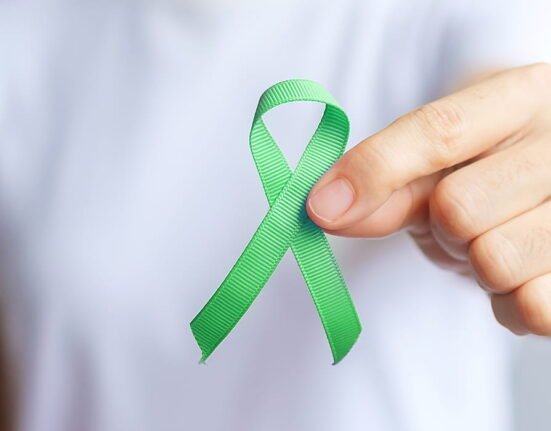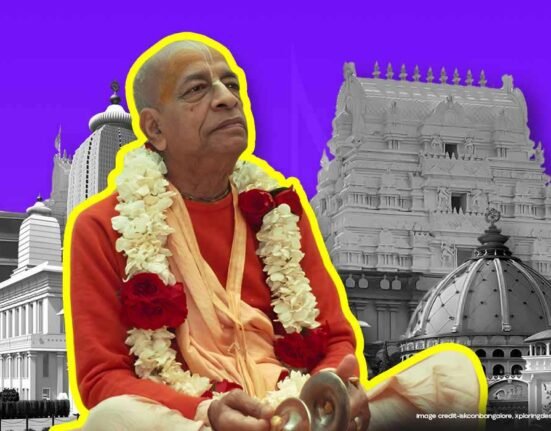Many people view death as the ultimate unknown, a boundary hidden in silence, fear, and uncertainty. But for some who have come very close to death, that line becomes something else: a moment of deep understanding. People who have survived traumatic events around the world have reported these moments, which are known as “near-death experiences”. Many of their stories include strong feelings of peace, detachment from the body, encountering light or spiritual beings, and a deep sense of timelessness. But there is something psychologically powerful about them; many individuals come back from such experiences with a changed perspective on death itself.
Instead of seeing death as the end of their fear, they see it as a continuation or even a return. This change in perspective can have a significant impact on how people live, love, and find meaning. We will be examining the cultural, neurological, and emotional ways in which near-death experiences change people’s perceptions of mortality.
Read More: Why Do We Worry So Much and How Can We Calm Our Mind?
Defining Near-Death Experiences
A near-death experience is when someone is brought back to life in a life-threatening situation, like trauma or extreme medical distress. Common elements include passing through a tunnel, feeling at peace or in unconditional love, seeing light, having an out-of-body experience, and sometimes reflecting on one’s life (Hashemi, A., Oroojan, R., Rassouli, M., & Ashrafizadeh, H.,2023).
Research indicates that hallucinations or brain dysfunction are the fundamental components of these near-death experiences, regardless of cultural background. The “light” is God, ancestors, or cosmic energy that can be influenced by religions or cultural lenses. (Hashemi, A., Oroojan, R., Rassouli, M., & Ashrafizadeh, H., 2023) Research also suggests that extreme stressful situations can cause the brain to activate, which leads to near-death experiences. Nelson (2015) lists a number of potential causes, like temporal lobe activation, changes in neurotransmitter levels and much more.
Read More: Varied Paths of Recovery: A Study of Integration Following Near‑Death Experiences
Psychological Effects: Rethinking Death
One of the most common results of near-death experiences is a decline in the fear of death itself. In a recent study, Pehlivanova, Carroll, and Greyson (2023) examined the features of near-death experiences that were most strongly associated with reduced death anxiety. According to their findings, emotional and spiritual aspects like feeling at peace, loved, or united are more strongly associated with a lack of fear of death than are purely sensory aspects like light or tunnels.
This suggests that the experience is more important than the show. The associated feeling of love or immortality changes a person’s relationship to mortality, even if they describe seeing a bright light. Other psychological changes that Long (2014) has documented include significant shifts in self-perception, an increase in existential meaning, and a shift in value towards compassion and less materialism. Many survivors say that they no longer fear death and that their lives are now more meaningful and nurturing.
Hashemi et al. (2023) conducted a thorough, methodical analysis of more than 50 near-death experience reports from various cultural contexts in order to find common patterns. They divided the characteristics of experience into four categories: cognitive, emotional, supernatural, and spiritual/religious. Supernatural features, out-of-body experiences or perceived metaphysical realms were the most reported ones. The emotional and spiritual categories appeared to have a greater psychological impact than the supernatural one. (Hashemi et al., 2023)
Read More: Mortality and Meaning: Does the Fear of Death Make Life More Meaningful?
Methods for Redefining Death
1. Existential Confrontation and Integration
A near-death experience compels one to face death. According to the theory of terror management, reminders of death often result in defensive psychological responses. However, in many such experiences, the confrontation leads to a sort of integration rather than anxiety: survivors frequently return with new narratives that include death as a part of life, rather than in denial. The experience is deeply rooted within the individual. (Pehlivanova, Carroll, & Greyson, 2023)
2. Memory, Narrative, and Life Reorganisation
In personal narratives, near-death experiences serve as pivotal moments. They carry significant narrative weight due to their vividness and emotional intensity. Using this lens, people reinterpret the past and change the course of their future. They use the incident as a “before-and-after” distinction in their narrative, with life before being one chapter and life after that being another. (Long, 2014)
Read More: Humanistic and Existential Psychology: Foundations, Philosophies, and Contributions
Cross-Cultural Similarities and Differences
According to Hashemi et al. (2023), the fundamental structure of many near-death experiences is constant, despite variations in interpretations regarding whether the light is angel, ancestor, or universal energy. Out-of-body experiences, tunnel transition, heightened senses, life reviews, and encounters with spiritual presences were all constantly observed. People’s labels and framing of the experiences vary primarily depending on their cultural or religious background.
The notion that near-death experiences are a psychologically universal phenomenon, possibly a dimension of human consciousness that manifests in extreme circumstances, is supported by cross-cultural consistency.
Read More: Know About Cross-Cultural Psychology: History, Types, And Impacts
Ethical Considerations
Instead of treating the experience as an incident or a narrative, the meaning-centred therapy assists survivors who battle feelings of loneliness in incorporating it into a complete life story. Sharing personal accounts of near-death experiences during end-of-life counselling sessions can help normalise death, ease anxiety, and promote candid conversations about mortality. Research on near-death experiences is often retrospective and self-report, which can lead to selection bias and conceptual inflation. Survivors who have experienced dramatic events are more likely to report them than those who have had ordinary or contradictory experiences.
Read More: Cultural Kaleidoscope: Learn about Cross-Cultural Psychology
Conclusion
In conclusion, near-death encounters are uncommon but frequently transformative. They provide insights into how our minds can reframe death as a part of a deeper continuum rather than as an end because they are situated at the nexus of biology, spirit, and psychology. Survivors frequently return to their lives feeling more existentially meaningful, less afraid, and with a renewed sense of order. The psychological change is evident, despite the fact that the precise mechanisms are still unclear: mortality, which was formerly a spectre, now influences the lived environment. Psychology must be prepared to handle circumstances where it is hard to tell what is life and what is death if it is to continue being sensitive to human depth. Near-death experiences are an invitation to deepen our understanding of consciousness, change, and the ultimate horizon rather than just a curiosity.
FAQs
1. What is a near-death experience (NDE)?
A near-death experience is a vivid and often transformative event reported by people who were close to death but survived. Common features include feelings of peace, out-of-body sensations, seeing a bright light, or encountering spiritual beings.
2. Can near-death experiences really change how someone feels about dying?
Yes. Many studies show that people who’ve had such experiences often report a lasting reduction in their fear of death. These experiences can lead to a deeper sense of purpose, increased empathy, and greater emotional peace.
3. Are near-death experiences proof of life after death?
That depends on how you interpret them. Some view such experiences as spiritual evidence, while others see them as brain-based phenomena. Regardless of origin, their psychological impact on how people understand death is both powerful and consistent.
References +
Hashemi, A., Oroojan, R., Rassouli, M., & Ashrafizadeh, H. (2023). Explanation of near-death experiences: A systematic analysis of individuals with different religious and cultural views. Frontiers in Psychology, 14, Article 1048929. https://doi.org/10.3389/fpsyg.2023.1048929
Nelson K. (2015). Near-death experiences–Neuroscience perspectives on near-death experiences. Missouri medicine, 112(2), 92–98.
Long J. (2014). Near-death experience. Evidence for their reality. Missouri medicine, 111(5), 372–380.
Pehlivanova, M., Carroll, A., & Greyson, B. (2023). Which near-death experience features are associated with reduced fear of death? Mortality, 28(3), 493–509. https://doi.org/10.1080/13576275.2021.2017868













Leave feedback about this